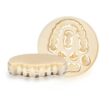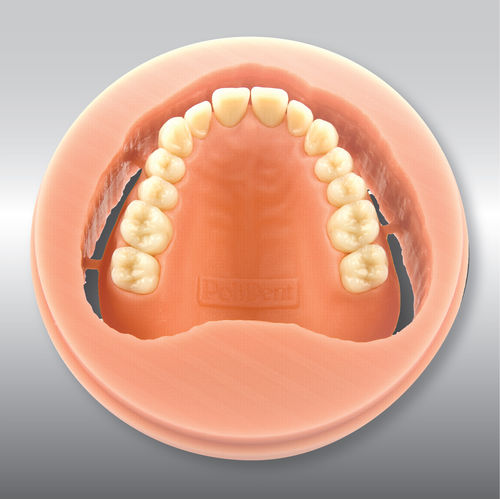Trying to stay abreast of what is new in the world of cosmetics is a daunting task to say the least. Consumers who have done their homework are aware that lycopene is the most written about and effective antioxidant available for topical use. It can significantly reduce the damage caused by the sun’s UV and IR rays and may significantly reduce the risk of developing certain forms of skin cancer. What is new, however, is information regarding the importance of how the lycopene in cosmetic preparations is formulated. Recently published data from the Department of Pharmaceutical Sciences at the Albany College of Pharmacy and Health Sciences in March of 2010 reports that not only is it important for skin health but its delivery to the skin is critical. Lopes LB et al, reported that the topical delivery of lycopene using micro-emulsions enhanced skin penetration and tissue antioxidant activity. Their study incorporated lycopene in a micro-emulsion containing mono/diglycerides of capric and caprylic fatty acids.
An emulsion is a mixture of two liquids that would not normally mix. An emulsion contains tiny particles of one liquid (lycopene) suspended in another. Emulsions are typically milky in appearance. A classic example of an emulsion is oil and water. When mixed slowly under vigorous stirring the liquids combine. However, when the agitation is stopped the emulsion breaks down with separation of the two liquids. This is an example of an unstable emulsion. Stable emulsions can be formed from two liquids when an emulsifier is used. Such emulsions do not separate out after a change in conditions like temperature or over time and are typical of cosmetic creams.
When lycopene is mixed with capric/caprylic fatty acids and mixed using an ultrasonic mixer the size of the particle can be reduced to a tiny diameter in the range of 30-40 nm, hence a micro-emulsion. The creation of this micro-emulsion markedly increases the penetration of lycopene in the stratum corneum. Sometimes the micro- particles are suspended in biologically active liquids like wheat ceramides. This type of micro-emulsion is referred to as a cerosome. When formulated in this manner you not only get the antioxidant activity of lycopene but you get the added benefit of the ceramides which play a role in increasing the production of tissue collagen and elastin which improves skin tone and elasticity.
It is obvious that not all antioxidant creams are created equal. There are many antioxidant skin creams in the market. In order to choose the best products available the consumer should have as much information available about a particular skin cream as possible. The ingredients alone do not always tell the complete story.








